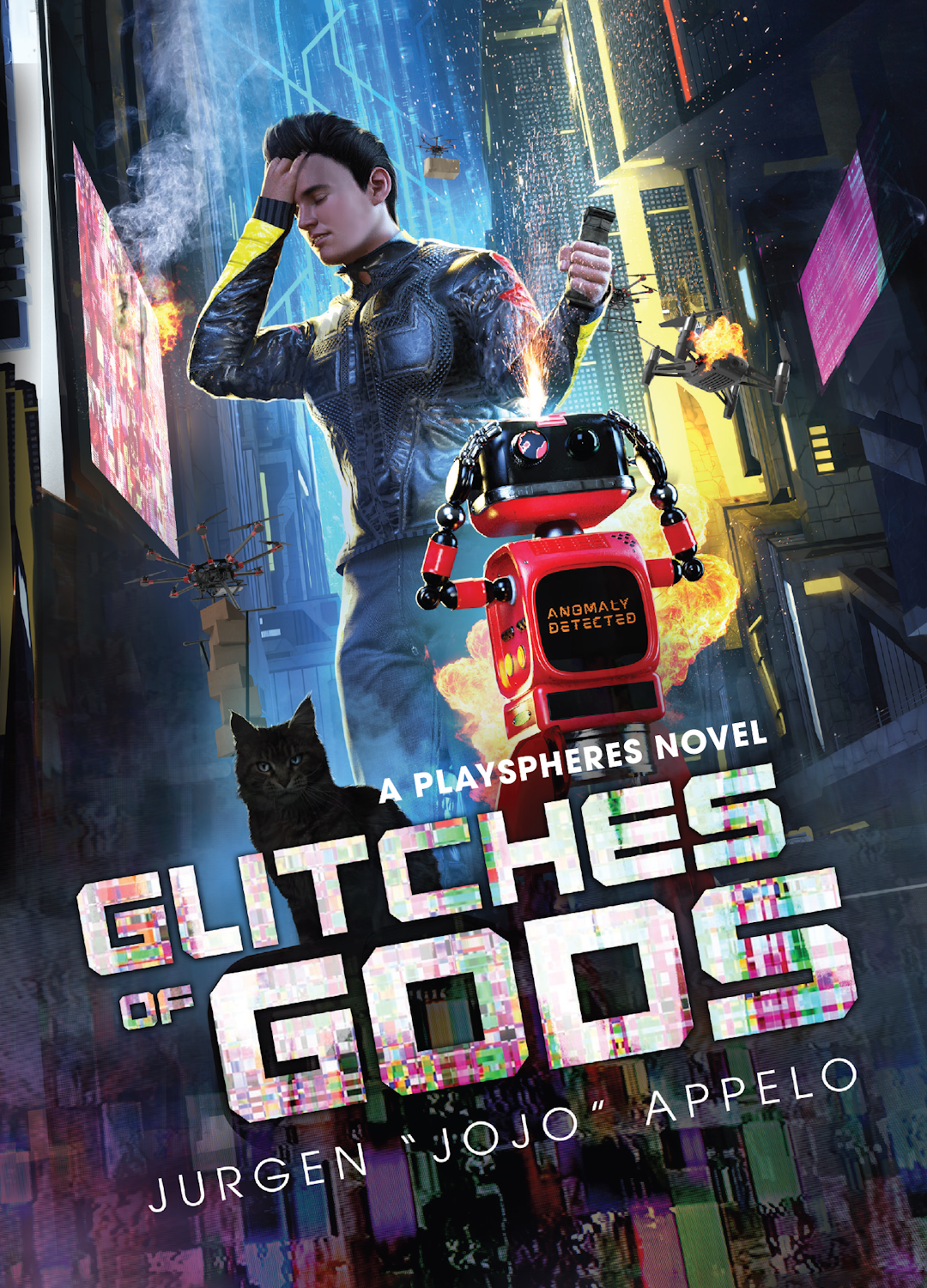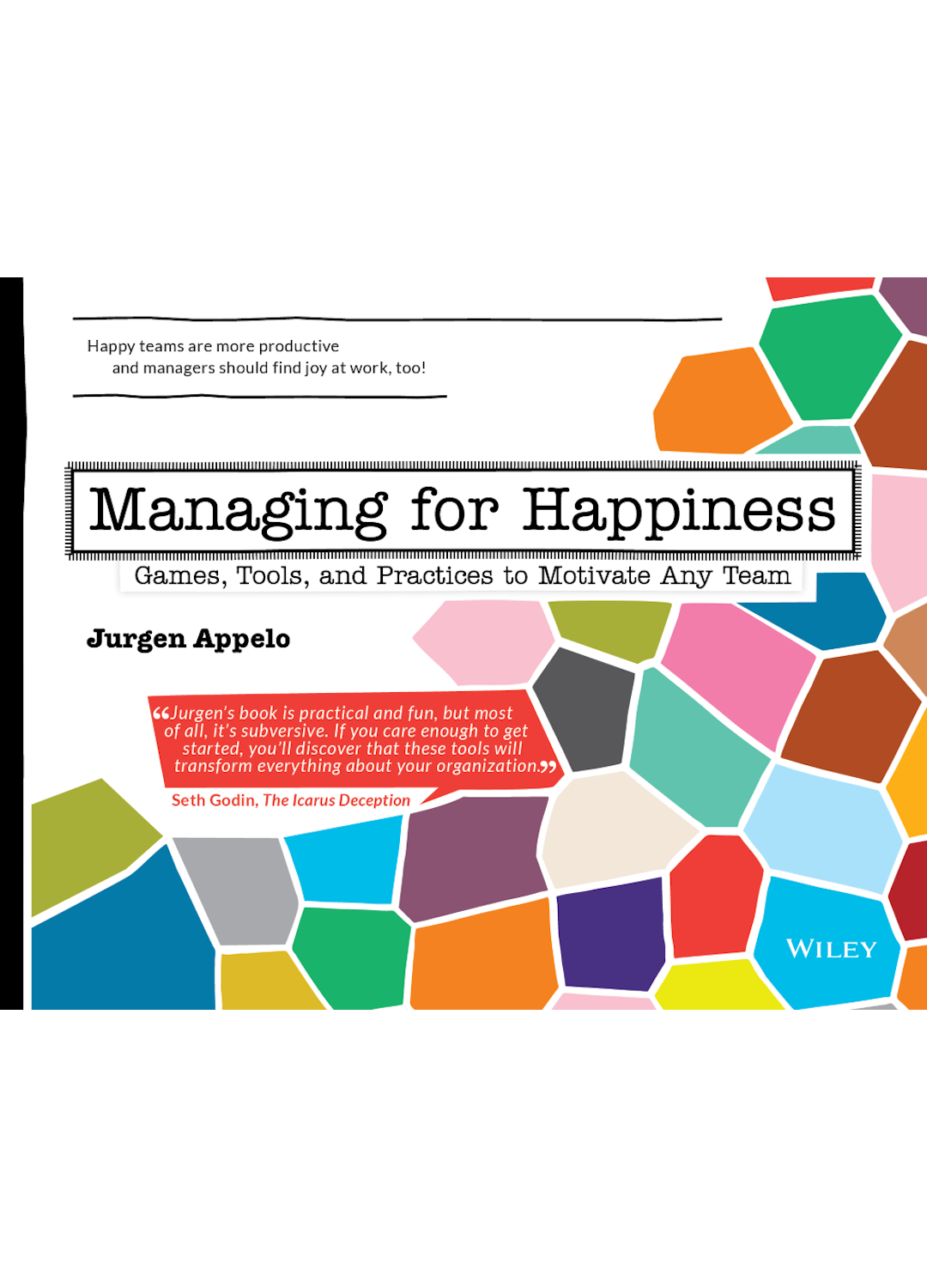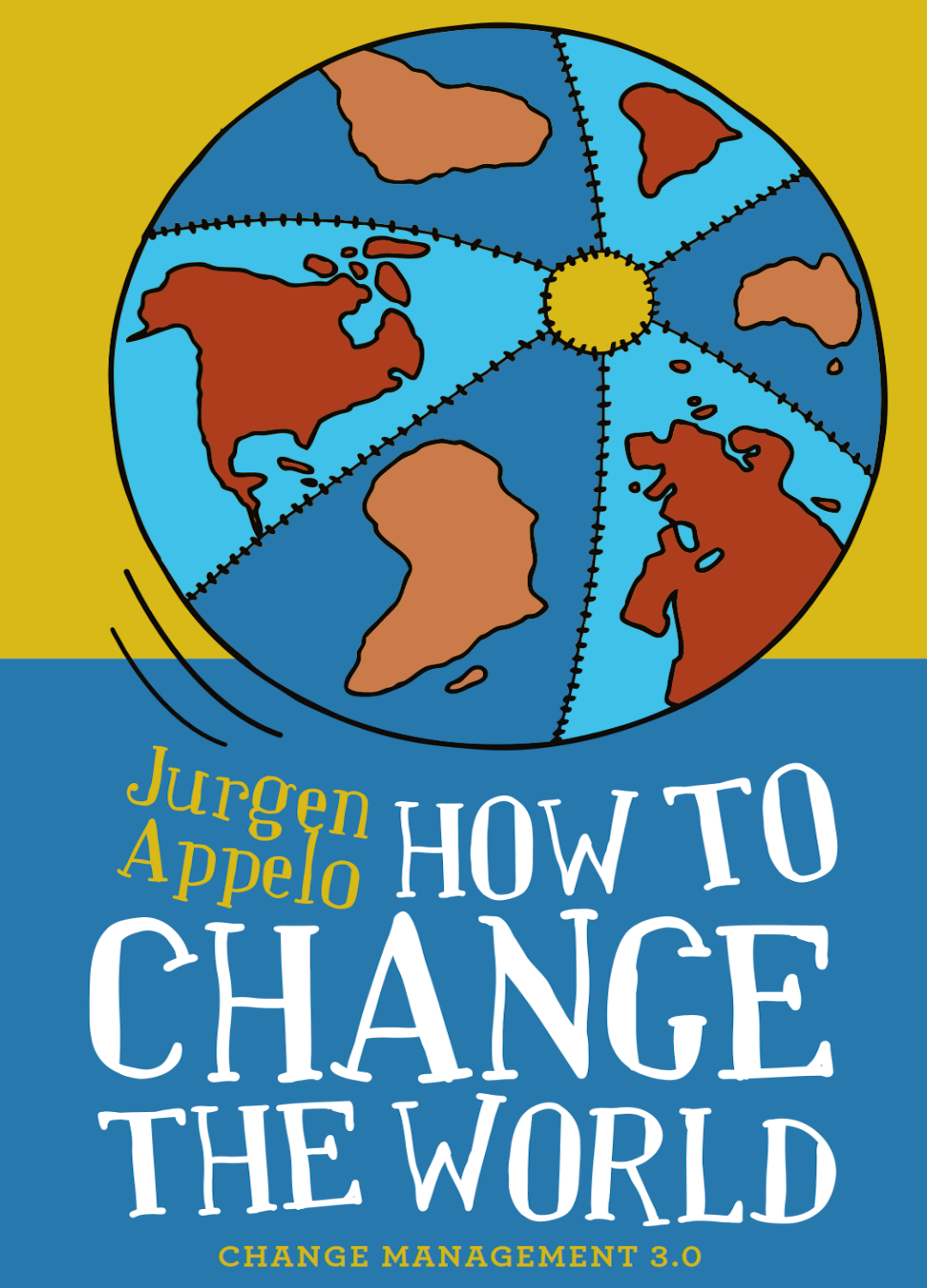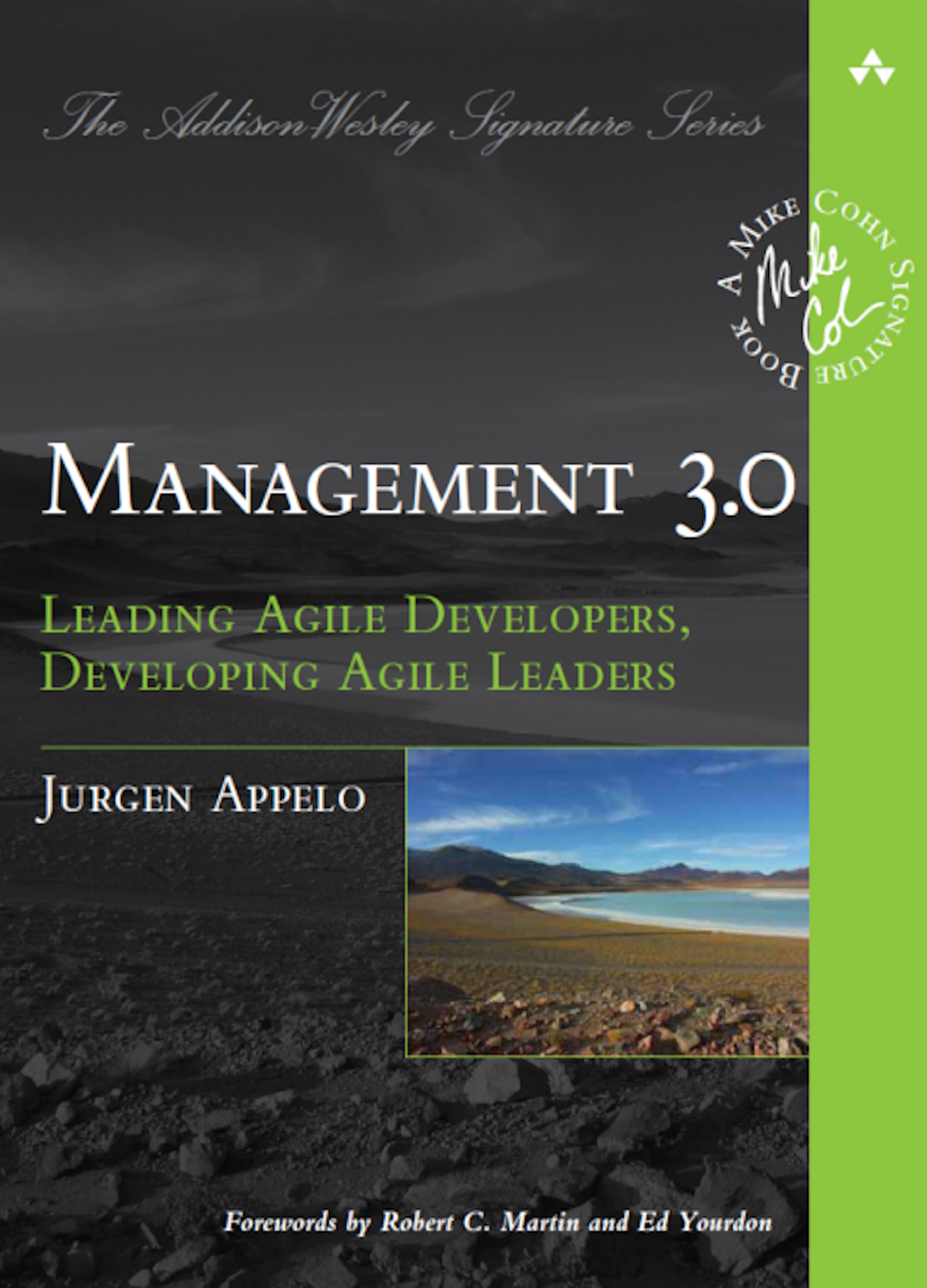As I am very interested in the process of writing fiction, I spent a few hours searching and synthesizing various articles and diagrams depicting the stages of fiction writing. But I was unsatisfied with the sources I discovered, judging them all as incomplete. Therefore, I decided to create my own version, which is (in my opinion) more comprehensive than any other. However, I know writers are opinionated, so I will listen to feedback to further improve this model. Go ahead, shoot!

Note: There are no binary transitions between stages, so I draw them in a somewhat overlapping manner. For example, it is perfectly fine to start drafting when you’ve not fully completed your outlining. Also, many authors combine some of these stages, which is, of course, allowed. You should see this model as a generic template you can modify and condense to your liking.
For your reference, I asked ChatGPT to help me write descriptions of each of the ten stages. See below.

Stage 1: Ideating
The Ideation stage in fiction writing is a journey of discovery, where the premise of a story begins to form. You delve into idea generation at this stage, seeking that initial spark to fuel your narrative. Inspiration may strike from personal experiences, historical events, or the boundless realms of your imagination. It’s a phase marked by openness to the unexpected, as ideas can emerge anytime. Writers often emphasize the importance of capturing these fleeting thoughts promptly, many maintaining notebooks to jot down potential story seeds. This collection of ideas serves as a reservoir from which you can draw, deciding when an idea’s time has come to evolve into a full-fledged story. The more ideas you have collected, the greater the possibilities for storytelling.
Stage 2: Outlining
The Outlining stage of writing fiction is the phase of prewriting that lays the groundwork for the narrative. It involves “just enough” planning and organizing the novel’s key components, such as character development, world-building, plot structure, and central conflicts. You assess your main characters’ desires, obstacles, and eventual crises that escalate the stakes. The Outlining stage may vary between writers, where some self-identify as ‘plotters’ who meticulously plan their stories, whereas others identify as ‘pantsers’ who prefer a more spontaneous approach. Regardless, the detailed or simple outline serves as your blueprint, possibly incorporating story arcs, scene sequencing, and research to ensure thematic accuracy. In this stage, classic story structures—like the Hero’s Journey or the Save the Cat model—can significantly enhance your narrative’s direction and pace. Ultimately, this stage is about finding a balance between ‘plotting’ and ‘pantsing,’ providing a path forward while allowing for sufficient flexibility.
Stage 3: Drafting
The Drafting stage in fiction writing marks the transition from your concept to your manuscript, beginning with creating a messy draft or “vomit version.” This initial foray is about exploration, encouraging you to spill your ideas onto the page unfiltered. It’s a phase where narratives take shape, characters find their voices, and you flesh out the skeletal structure of the plot. You are urged to embrace imperfection, allowing creativity to flow unhampered by self-doubt or criticism. “Keep writing, and don’t look back!” This is the stage for dreaming big, experimenting with different writing techniques, and discovering the story’s essence. As the draft progresses—it is meant for your eyes only!—the focus remains on expansion rather than refinement, laying a solid foundation for subsequent revisions. The Drafting stage is a liberating experience, providing a tangible form to previously abstract ideas and setting the stage for the meticulous work of revisions and editing that follow. Note: this stage may involve multiple rounds of drafting.
Stage 4: Structuring
The structural draft is pivotal in the evolution of a manuscript, shifting focus from raw creation to the critical analysis of the story’s framework. After the initial draft brings the story to life, you must scrutinize the overarching structure, evaluating plot coherence, character development, and the effectiveness of scene arrangement. It’s a stage for making tough decisions about what scenes, characters, and locations to modify, remove, or introduce to solidify the narrative’s foundation. This phase involves a holistic view, ensuring the story flows logically and resonates emotionally, with each element—from subplots to settings—intertwined to enhance thematic depth and character arcs. Attention to viewpoints enriches the narrative, adding layers and ensuring characters remain vibrant throughout. The end of this stage is an annotated draft full of comments, possibly with character sheets and empty placeholder scenes that function as reminders for subsequent refinement.
At this point, you may choose to arrange an editorial assessment, which provides comprehensive feedback on your manuscript’s strengths and weaknesses, with tailored advice for improvements on structure, character development, and narrative flow, guiding you towards a more polished manuscript.
Stage 5: Revising
The Revision stage in fiction writing is the critical process of refining and enhancing the rough draft. After establishing a solid structure in the previous stage, you rework the entire manuscript to address gaps, polish narrative elements, and enrich character arcs. This stage emphasizes substance over style, ensuring the story unfolds logically and captivates the reader. It’s a period of meticulous review, possibly involving alpha readers, where the coherence of ideas and chapters is scrutinized. Revision is about fine-tuning the manuscript into a cohesive work-in-progress, making difficult decisions on what to retain or discard, and transforming the initial draft’s raw potential into a more polished narrative. After the revisions, though still full of rough edges and unpolished prose, the result is a complete “work-in-progress” that tells an engaging, compelling story. Note: this stage may involve multiple rounds of revisions.
At this point, you might collaborate with a developmental/structural editor, providing critical insights on plot, structure, pacing, character arcs, narrative flow, and emotional impact, identifying and addressing plot holes and character development issues.
Stage 6: Editing
The Editing stage in fiction writing emphasizes the meticulous refinement of language, style, and voice. It’s a phase dedicated to enhancing sentence flow, ensuring consistency in character portrayal, and sharpening thematic elements. This draft involves your rigorous scrutiny of every aspect of the manuscript, aiming to tighten prose and elevate the narrative’s engagement level. At this juncture, you prune extraneous content—no matter how beautifully written—to distill the story to its essence. Incorporating feedback from beta readers can be crucial, offering fresh perspectives and highlighting areas for improvement. Editing extends beyond content revision to include your own line-by-line copy editing, focusing on grammar, punctuation, and clarity, ultimately polishing the manuscript to a high standard and preparing it for its final form. Note: this stage may involve multiple rounds of editing.
You should work with a copy/line editor to enhance clarity, coherence, grammar, and style. This will ensure technical precision and consistency throughout the manuscript and significantly elevate the quality and readability of the final work.
Stage 7: Reviewing
The Reviewing stage represents the crucial final touches and comprehensive proofreading of your manuscript. It focuses on eliminating grammatical, punctuation, and spelling mistakes, refining word choice, and fine-tuning sentence structure. This stage ensures that all elements of your story are seamless, cohesive, and polished, reflecting a meticulous integration of previous revisions. It’s a time for critical self-evaluation, addressing any remaining inconsistencies or unresolved storylines. You may seek feedback from a supportive community of fellow writers for constructive criticism, providing an opportunity for last-minute adjustments. This final iteration is both a moment of decision—to proceed with publishing or to make substantial changes—and a leap towards sharing one’s creative endeavor with the world.
Proofreaders and/or mechanical editors provide a final layer of scrutiny, catching typographical, grammatical, and formatting errors that writers and editors might overlook, ensuring the manuscript’s professionalism and polish before publication.
Stage 8: Publishing
The Publishing stage is where the writing process transitions into the business of getting your book into readers’ hands. This critical phase involves crafting compelling query letters, pitches and blurbs highlighting your novel’s uniqueness and appeal. For traditional publishing, authors enter the submission process, researching and querying agents or publishers with precision and patience, understanding that rejection is part of the journey toward publication. Self-publishing authors tackle formatting, design, and the myriad details of preparing a book for publication, coupled with the necessity of grasping the business aspects of the industry. Regardless of the path chosen, a robust marketing plan for launch day is imperative, marking the culmination of the creative process and the beginning of your story’s life with its audience.
Stage 9: Promoting
The Promotion stage of writing fiction is pivotal for ensuring your novel reaches its intended audience and achieves success. After publication, whether through traditional means or self-publishing, your focus shifts to marketing efforts. Strategies may encompass organizing book tours, harnessing the power of social media marketing, and participating in interviews to generate buzz and visibility. Engaging directly with readers and fostering a community around your work becomes crucial. Gathering reviews, both to attract new readers and provide valuable feedback, is also essential. Simultaneously, many authors start contemplating or working on their next project, leveraging the momentum and visibility gained from their current publication.
Stage 10: Sustaining
The Sustaining stage of writing fiction focuses on keeping a published novel relevant and maintaining interest among readers over time. This involves diligent management of the novel’s online presence, including updating its web pages and refining book descriptions to reflect readers’ feedback or market trends. Authors frequently engage with their audience through writing blog posts, sharing updates on social media, and creating content that keeps the conversation around their book alive. Monitoring ongoing sales is crucial for understanding the book’s market performance and identifying opportunities for additional promotions or events to boost visibility. This continuous effort helps sustain the novel’s presence in a competitive market, encouraging new readers to discover the story while keeping existing fans engaged.














